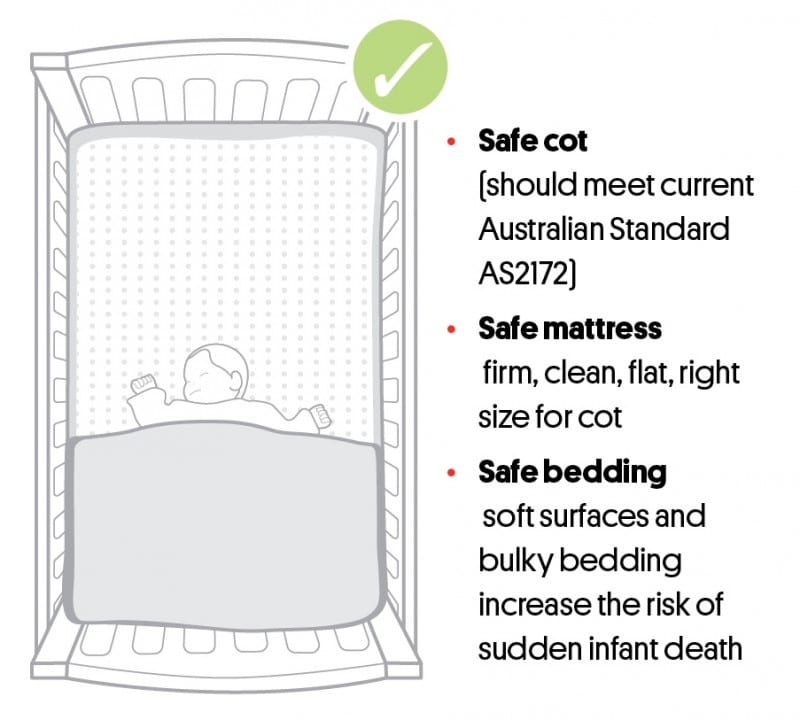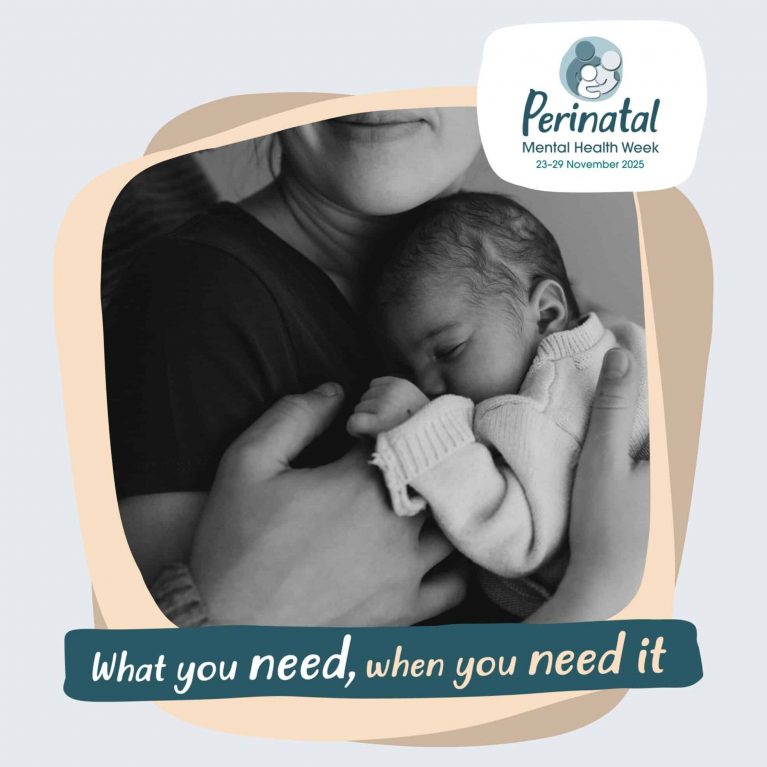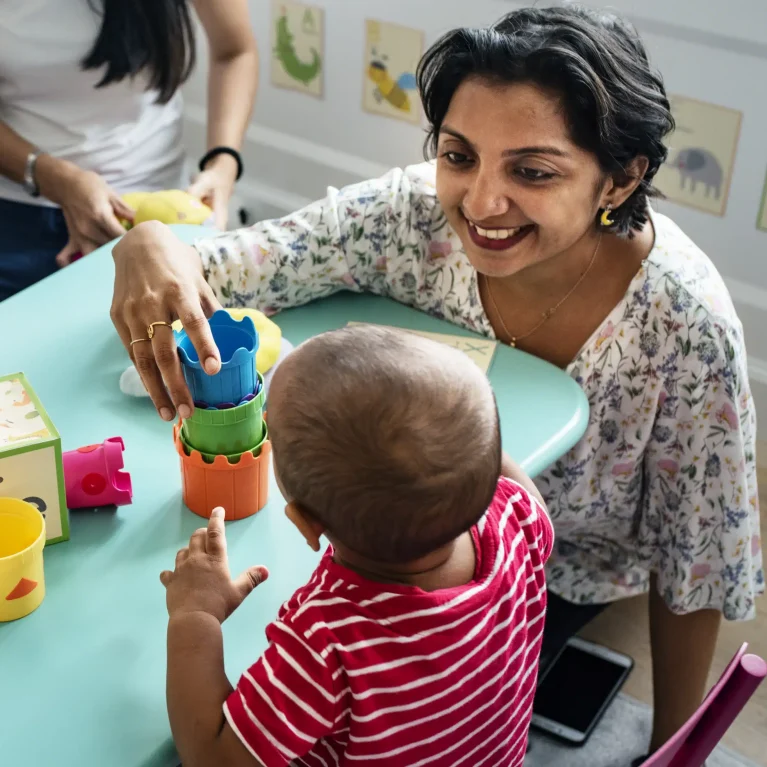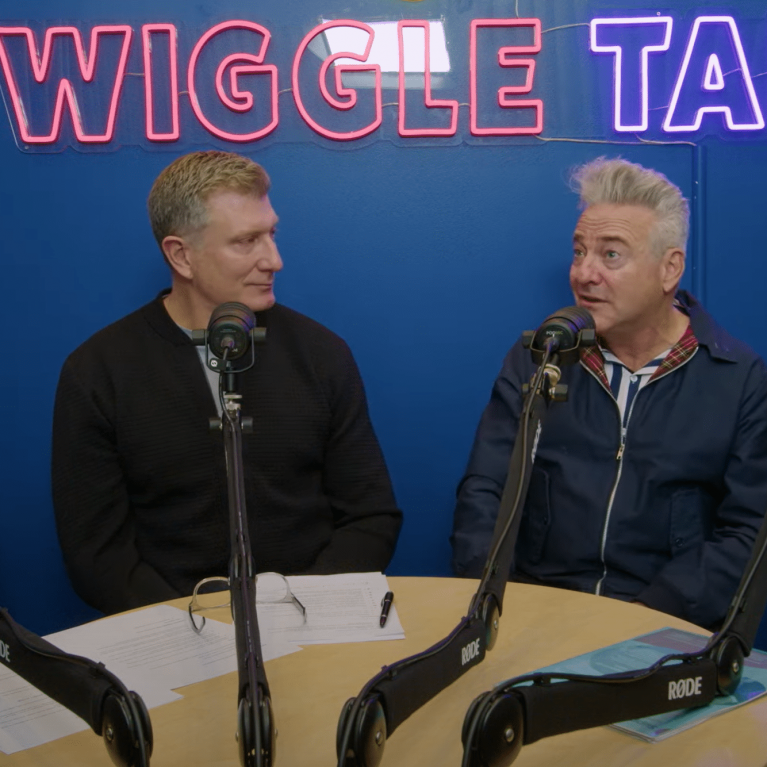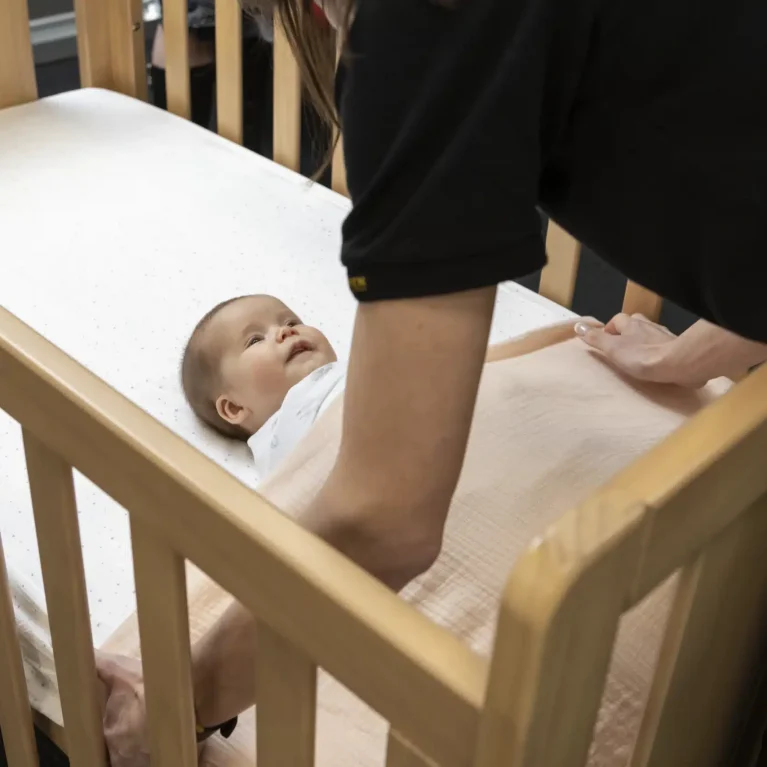Red Nose always recommends sleeping your baby in a safe sleeping environment. But we are often asked, what does this actually mean?
Simply put, a safe sleeping environment means that all potential dangers have been removed and the baby is sleeping in a safe place for both day and night sleeps, explains Red Nose Chief Midwife Jane Wiggill.
“The safest place for a baby to sleep is in a safe cot on a safe mattress, with safe bedding,” she says.
And, Jane says, make sure your cot is away from hanging cords such as blinds, curtains, or electrical items.
“These are potential strangulation hazards as they can get caught around a baby’s neck,” Jane explains. “Also refrain from hanging mobiles, bunting or other items near the cot, as there is always a risk these items can fall into the cot.”
It’s also a good idea, Jane says, to keep heaters and electrical appliances away from the cot.
“This avoids the risks of overheating, burns or electrocution,” she advises.
And how can you make sure you can avoid an unsafe sleep environment while travelling?
“It’s a good idea to call ahead and check to make sure your destination has a cot or port-a-cot that meet Australian Safety Standards,” Jane says.
“Never sleep your baby in an adult bed or bunk bed, waterbed, beanbag, couch, pillow or cushion.
“These are all really unsafe environments, as is sleeping with your baby on a bed, couch, sofa or chair.”
“On holiday, if there is really no other option to sharing a sleep surface, ensure you follow our risk reduction strategies including, removing all pillows and doonas from the sleeping area and make sure baby is not wrapped”
If you are using a second-hand cot or mattress, there are a couple of things you can do to make sure they are safe to use, Jane advises.
“Second-hand cots should still meet safety standards if they are under 10 years old and still have the safety standards tag attached,” she says.
“Carefully check to make sure all the pieces are intact and not broken, loose, or missing, including the base, which shouldn’t sag.
“If using a second-hand mattress make sure it has been stored securely, is still firm and clean, and fits securely into the cot.
“If the mattress is damp, torn, mouldy or sagging it shouldn’t be used.
“Never place additional mattresses or bedding within the sleep environment as this can increase the risks of fatal sleep accidents.
For more advice and tips for safe sleeping and keeping baby safe, visit our Safe Sleep Advice Hub or call our Safe Sleep Advice Line on 1300 998 698 (during business hours)
Did you find this helpful?
Good job! Please give your positive feedback
How could we improve this post? Please Help us.
